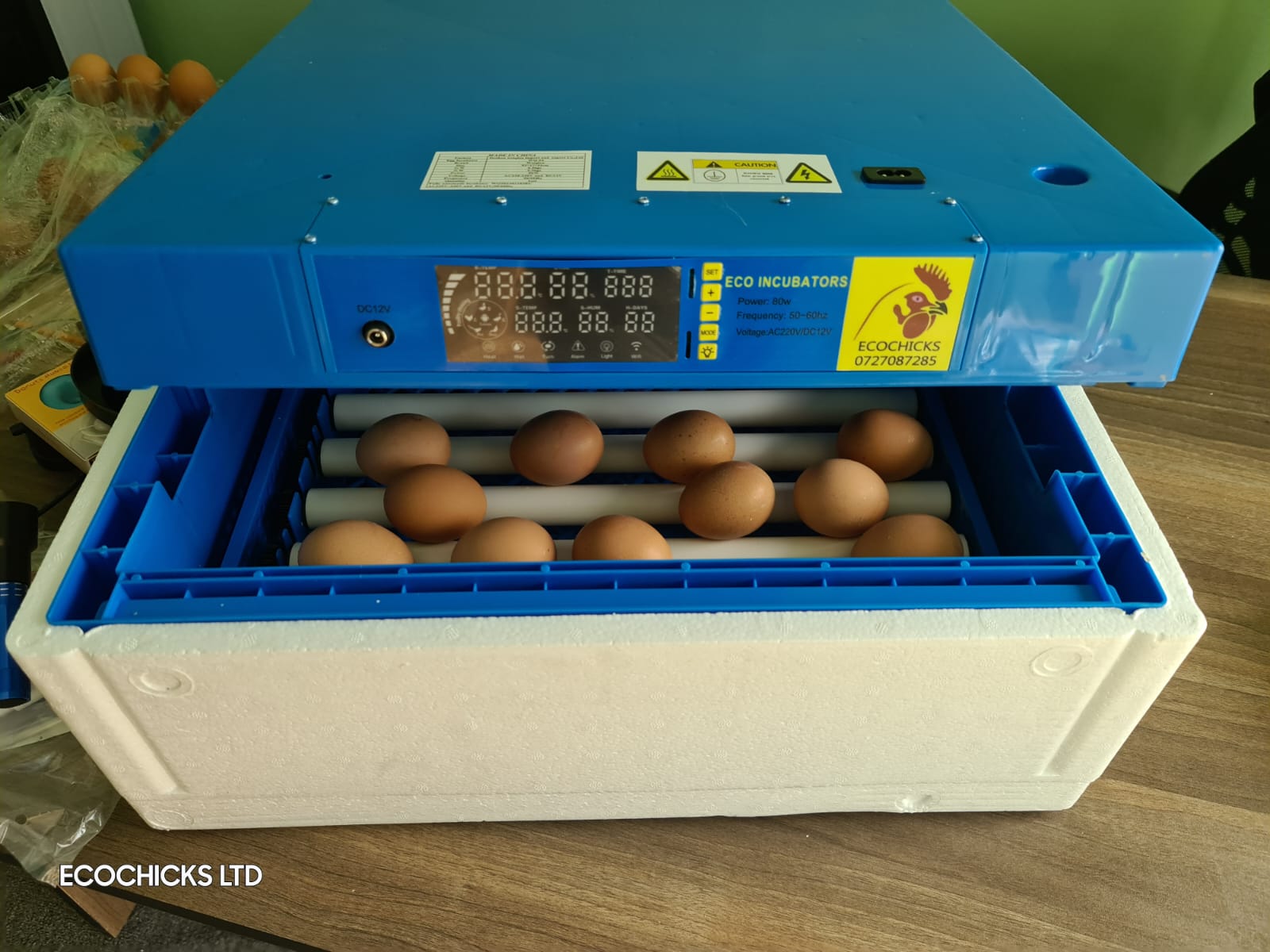Step-by-Step Guide to Successfully Hatch Poultry Eggs
Selecting Eggs: Begin by selecting fertile eggs from healthy, disease-free parent birds. Ensure that the eggs are clean, free from cracks, and not too large or too small. It’s advisable to set the eggs within a week of being laid.
Preparing the Incubator: Clean and disinfect the incubator thoroughly before use. Set up the incubator according to the manufacturer’s instructions, ensuring it reaches and maintains the required temperature and humidity. Place a hygrometer and a reliable thermometer inside to monitor the conditions accurately.
Setting the Eggs: Gently place the selected eggs in the incubator, ensuring they are positioned with the pointed end facing downwards. Turning the eggs multiple times a day is vital, as it prevents the embryo from sticking to the shell and encourages normal development. Automatic egg turners are available for convenience.
Monitoring and Adjusting Conditions: Regularly monitor the temperature and humidity levels inside the incubator. Make adjustments as necessary to maintain the desired conditions. Keep a record of these measurements to track the progress of the incubation process.
Candling: After 7-10 days of incubation, candle the eggs using a bright light source to observe the development inside. Discard any infertile or non-viable eggs to prevent contamination of the healthy ones.
Lockdown and Hatching: Around three days before the expected hatch date, stop turning the eggs and increase humidity levels. This period, known as lockdown, allows the chicks to position themselves correctly for hatching. During this time, limit disturbances to avoid disrupting the hatching process. Finally, wait patiently for the chicks to emerge from their shells.
The process of hatching poultry eggs requires careful attention to detail and maintaining the ideal incubation conditions. By ensuring proper incubation, you can maximize your chances of a successful hatch. Remember to select healthy eggs, set them correctly, monitor and adjust conditions regularly, and be patient during the hatching process. With these steps, you can increase the likelihood of hatching healthy and robust chicks, whether you are breeding poultry for commercial purposes or simply enjoying the joys of raising your own flock.
-
Product on sale
 Fully automatic poultry egg incubatorOriginal price was: KSh20,000.00.KSh18,000.00Current price is: KSh18,000.00.
Fully automatic poultry egg incubatorOriginal price was: KSh20,000.00.KSh18,000.00Current price is: KSh18,000.00. -
Product on sale
 Fully automatic poultry farming solar egg incubator 128 eggs hatchery machineOriginal price was: KSh20,000.00.KSh18,000.00Current price is: KSh18,000.00.
Fully automatic poultry farming solar egg incubator 128 eggs hatchery machineOriginal price was: KSh20,000.00.KSh18,000.00Current price is: KSh18,000.00. -
Product on sale
 128 Eggs AC/DC Automatic incubatorOriginal price was: KSh20,000.00.KSh18,000.00Current price is: KSh18,000.00.
128 Eggs AC/DC Automatic incubatorOriginal price was: KSh20,000.00.KSh18,000.00Current price is: KSh18,000.00. -
Product on sale
 128 Eggs New Intelligent fully Automatic hatcheryOriginal price was: KSh20,000.00.KSh18,000.00Current price is: KSh18,000.00.
128 Eggs New Intelligent fully Automatic hatcheryOriginal price was: KSh20,000.00.KSh18,000.00Current price is: KSh18,000.00. -
Product on sale
 128 Eggs New Imported fully Automatic hatcheryOriginal price was: KSh20,000.00.KSh18,000.00Current price is: KSh18,000.00.
128 Eggs New Imported fully Automatic hatcheryOriginal price was: KSh20,000.00.KSh18,000.00Current price is: KSh18,000.00. -
Product on sale
 128 Eggs New model fully Automatic hatcheryOriginal price was: KSh20,000.00.KSh18,000.00Current price is: KSh18,000.00.
128 Eggs New model fully Automatic hatcheryOriginal price was: KSh20,000.00.KSh18,000.00Current price is: KSh18,000.00. -
Product on sale
 incubator with Digital Egg torch fully automatic 128 Eggs hatcheryOriginal price was: KSh20,000.00.KSh18,000.00Current price is: KSh18,000.00.
incubator with Digital Egg torch fully automatic 128 Eggs hatcheryOriginal price was: KSh20,000.00.KSh18,000.00Current price is: KSh18,000.00. -
Product on sale
 modern 128 Eggs hatchery AC/DC incubatorOriginal price was: KSh20,000.00.KSh18,000.00Current price is: KSh18,000.00.
modern 128 Eggs hatchery AC/DC incubatorOriginal price was: KSh20,000.00.KSh18,000.00Current price is: KSh18,000.00. -
Product on sale
 128 Eggs Double function AC/DC HatcheryOriginal price was: KSh20,000.00.KSh18,000.00Current price is: KSh18,000.00.
128 Eggs Double function AC/DC HatcheryOriginal price was: KSh20,000.00.KSh18,000.00Current price is: KSh18,000.00.






